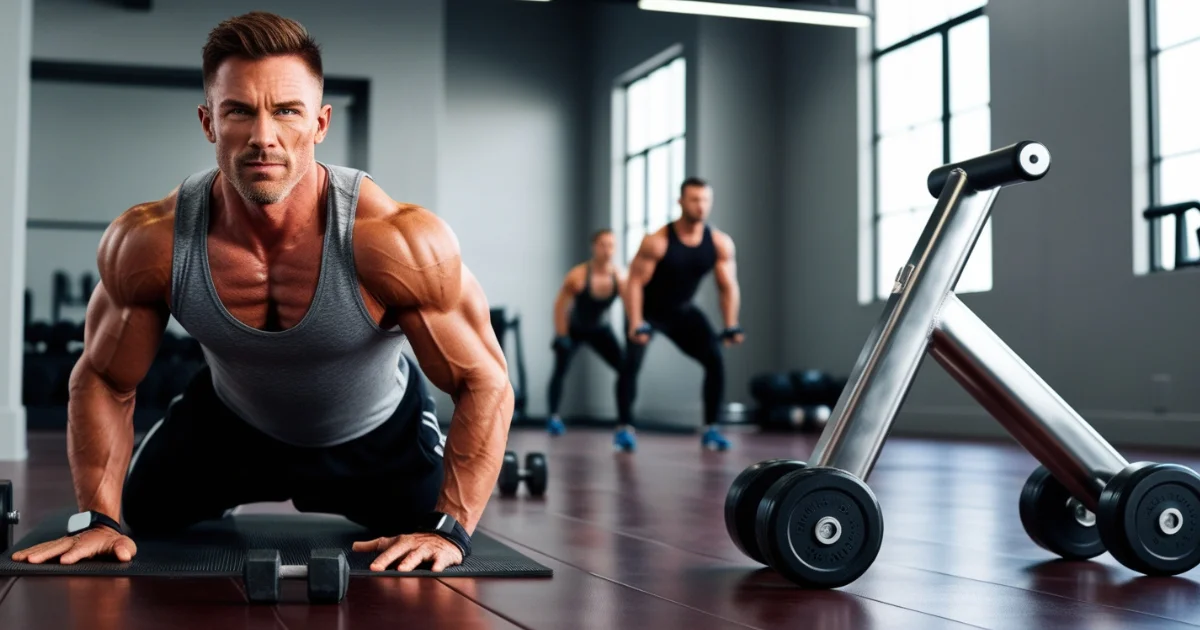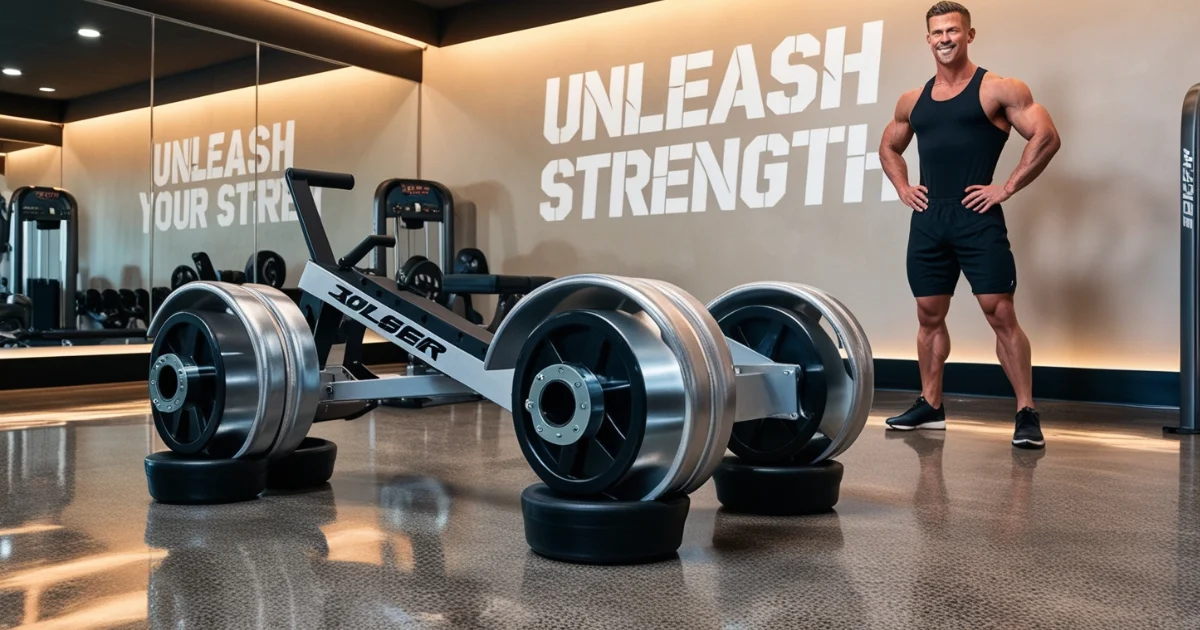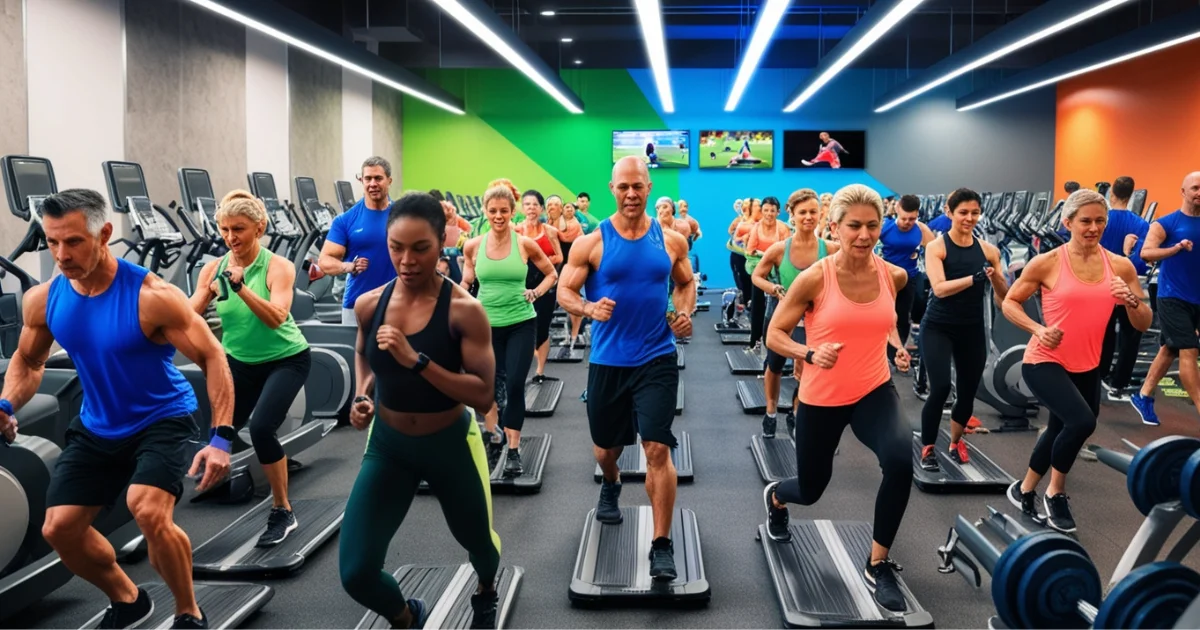Discover How Much Do Gym Sleds Weigh A Comprehensive Guide in 2024
Gym sleds are popular for building strength, endurance, and power. They’re used in many fitness routines, from professional athletes to casual gym-goers. However, if you’re new to gym sleds, you might wonder, “How much do they weigh?”
What is a Gym Sled?
A gym sled is a piece of equipment designed for pushing or pulling exercises. It’s typically used on turf or a smooth surface, and weight plates can be added for increased resistance. Gym sleds are great for full-body workouts, targeting muscles in the legs, core, and upper body.
Standard Weight of Gym Sleds

The weight of a gym sled can vary depending on its design and brand. Here are the most common types:
Empty Sled: When empty, most standard gym sleds weigh between 25 and 100 pounds. The weight depends on the material (usually steel) and the size of the sled.
Weighted Sled: You can add weight plates to most sleds. The total weight will depend on the sled’s base weight plus the added weights. For example, if your sled weighs 45 pounds and you add 100 pounds of weight plates, the total weight becomes 145 pounds.
Heavy-Duty Sled: These are designed for advanced athletes or heavy training. They can weigh up to 200 pounds or more when empty. Heavy-duty sleds are built to handle a lot of weight, making them ideal for strength and conditioning programs.
Choosing the Right Sled for Your Workout
When selecting a gym sled, consider your fitness level and goals.
Beginners: A lighter sled (around 25-45 pounds) is ideal. You can gradually add weights as you build strength.
Intermediate: If you’re more experienced, consider a sled that weighs 45-75 pounds. This allows for more challenging workouts without being overwhelming.
Advanced: For seasoned athletes, a sled weighing 75 pounds or more might be the best choice. These sleds can handle significant weight, making them perfect for intense training.
Factors That Affect Sled Weight
Several factors can affect the weight of a gym sled:
Material: Steel sleds are heavier and more durable, while plastic or aluminum sleds are lighter but less sturdy.
Size: Larger sleds generally weigh more due to the extra material used in their construction.
Design: Some sleds are designed to hold more weight, affecting their base weight.
Benefits of Using Gym Sleds

Using a gym sled offers numerous benefits:
Full-Body Workout: Sleds engage multiple muscle groups, making them an excellent choice for a full-body workout.
Improves Strength and Endurance: Pushing or pulling a sled helps build muscle strength and cardiovascular endurance.
Versatility: Gym sleds can be used in various ways, from sprints to drags, making them a versatile tool in any fitness routine.
Safety Tips for Using Gym Sleds
While gym sleds are effective workout tools, it’s important to use them safely to avoid injury. Here are some tips:
Start Slowly: If you’re new to using a gym sled, begin with a lighter weight. Focus on mastering the proper form before increasing the resistance.
Warm Up: Always warm up your muscles before starting your sled workout. A proper warm-up can prevent strains and injuries.
Maintain Proper Form: When pushing or pulling the sled, keep your back straight and engage your core. Avoid rounding your back or leaning too far forward, as this can lead to injury.
Use the Right Surface: Gym sleds work best on smooth surfaces like turf or rubber flooring. Avoid using them on rough or uneven surfaces, which can damage the sled and make it harder to push or pull.
Listen to Your Body: Pay attention to how your body feels during the workout. If you experience pain or discomfort, stop immediately and assess your form or reduce the weight.
Incorporating Gym Sleds into Your Routine
Gym sleds can be used in various ways to target different muscle groups and improve your fitness. Here are some exercises to try:
Sled Push: Push the sled forward using your legs and core. This exercise is great for building lower body strength.
Sled Pull: Attach a rope to the sled and pull it toward you. This movement targets your upper body, especially your back and arms.
Sled Drags: Walk backward while pulling the sled. This exercise focuses on your hamstrings and glutes.
Sled Sprints: Push the sled as fast as you can for a short distance. Sled sprints are excellent for boosting your cardiovascular fitness and speed.
Tracking Your Progress
To get the most out of your sled workouts, track your progress over time. Keep a log of the weight you use, the distance you push or pull the sled and the time it takes to complete each exercise. Regularly increasing the weight or distance will help you continue to build strength and endurance.
Conclusion
Understanding the weight of a gym sled is essential for choosing the right one for your fitness level and goals. Whether you’re a beginner or an advanced athlete, there’s a sled out there that fits your needs. Start with a weight that challenges you but isn’t too heavy, and gradually increase the resistance as you become stronger. With the right gym sled, you’ll be on your way to achieving your fitness goals in 2024 and beyond.
Relevant Post:



